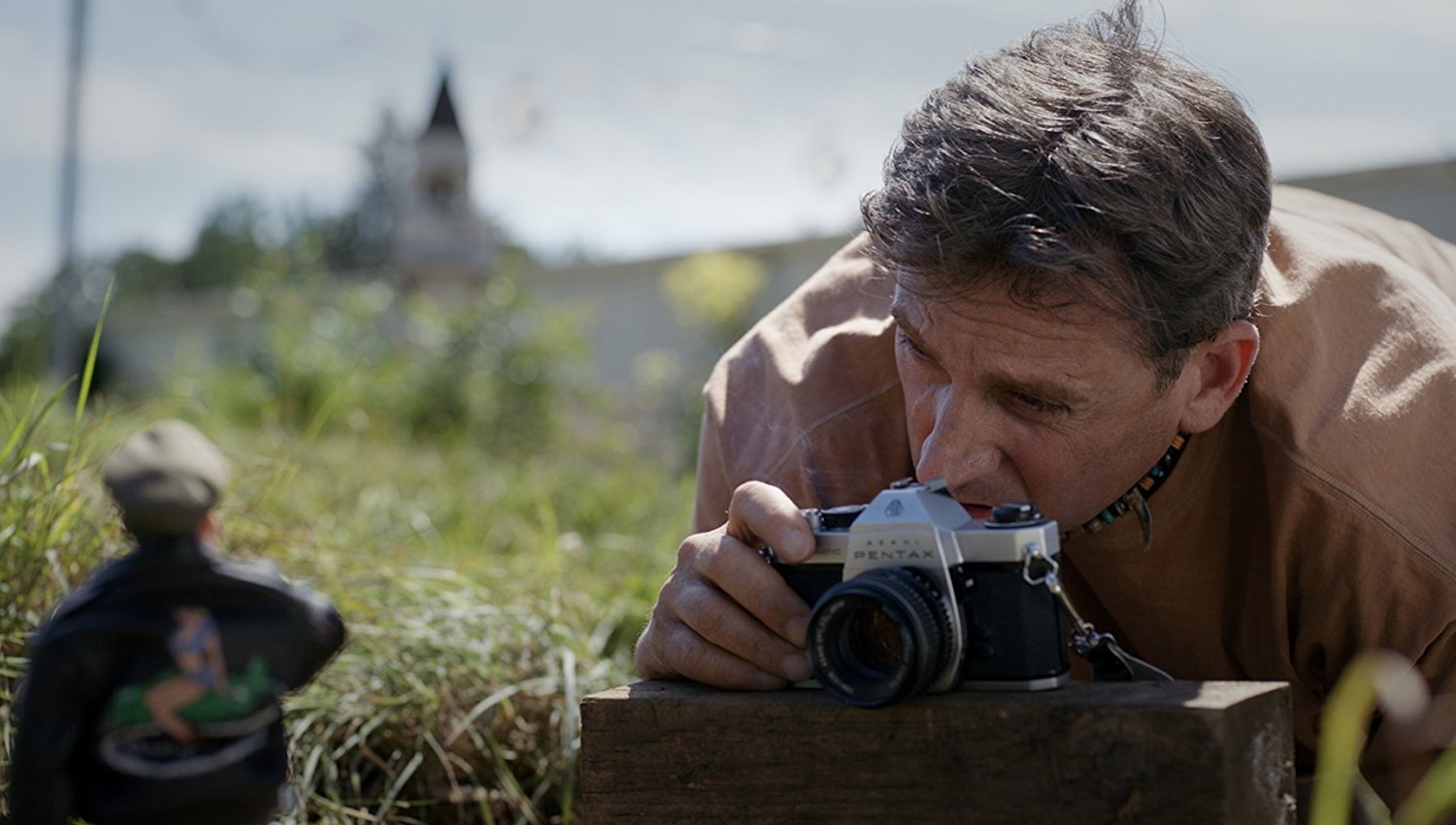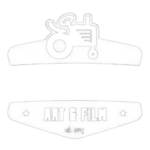
Welcome to Marwen
Dustin Chase
“A lot of stuff happens in Marwen that doesn’t make sense”. The fact that Robert Zemeckis new film is about a hate crime victim who wears high heels isn’t what doesn’t make sense, that’s actually explained as part of Mark Hogancamp’s own personal therapy. What doesn’t make sense is why Zemeckis thought balancing live action and animation would effectively work in telling this story. Welcome to Marwen is a failure on multiple levels, gambling with the emotion of Hogancamp’s story using gimmicky filmmaking. The screenplay, co-written by Zemeckis, also omits and subtracts a lot of information. Despite being one of the few critics championing the Forrest Gump directors film The Walk, Zemeckis hasn’t really hit a home run since Cast Away. Welcome to Marwen is another Zemeckis experiment that misses the mark, leaving the audiences (who haven’t seen documentary Marwencol) with more questions than answers. The trailer and the poster withholds a major element that might have some audiences feeling baited and switched by marketing.
Following a brutal attack outside a bar, Mark Hogancamp (Carell) was left with no memory of his life before the hate crime occurred. Mark had to rediscover everything, including why there were over 200 pairs of women’s shoes in his trailer. Mark’s recovery included traditional physical therapies, the decision making – left side of his brain suffered the most damage, but also his own private non-traditional therapy. Mark built an entire miniature town in his backyard, calling it Marwen. Set in WWII, most of the women in his life, including his attackers are represented by dolls that he photographs. His therapy dolls have become a work of art celebrated nationwide through photography. Dealing with severe PTSD, Mark must work up the courage to face his assailants in court, and the new redhead next door might just give him that ability.
What doesn’t make sense is why Zemeckis thought balancing live action and animation would effectively work in telling this story.
Without sounding completely cold and unsympathetic to Hogancamp’s disability, Zemeckis turns this story into something closer resembling the Jurassic World high heel mock video than anything else. The balance of comedy and drama is handled poorly. It needed to be much more in the vein of Lars and the Real Girl. Some scenes have Hogancamp demeaning women, with stupid jokes and dolls fighting bare breasted. In others arguing that some of his dolls needed rescuing from a “sausage party”. The script attempt to lightly hint at Hogancamp’s perversion with the dolls backfires. The first half of the film spends a considerable amount of time in Hogancamp’s fantasy reality where the dolls come alive with impressive animation and special effects. There are some scenes that showcase beautiful editing techniques blending reality with the animation, then others where the transition is jarring.
The script foolishly doesn’t feature the women who represent Hogancamp’s dolls enough. Single scenes with Monae (Hidden Figures), Christie (Game of Thrones) leave much to be desired. Of course their voices and others including Diane Kruger (who is never shown) do somewhat bring their distinct personalities to the fighter dolls who protect Hogancamp’s ideal self, a military hero named Hogan who proudly wears heels. As much as the screenplay altered from the real story, it’s disappointing that so much screen time is spent on the redheaded Nicol character. Leslie Mann is Nicol and delivers another one of her stereotypical performances. The balance seems way off giving Nicol all the screentime, a new character in Marwen and Hogancamp’s life, when all the other women with a great impact are barely featured. Throughout the plot, Hogancamp’s big task is finding the courage to attend the court sentencing. One might expect the type of emotional delivery from Zemeckis’ Contact court room scene, but it’s yet another one of the films underwhelming moments.
Final Thought
The gimmicks used here ruin this fascinating true story, creating only diversions and distractions.
